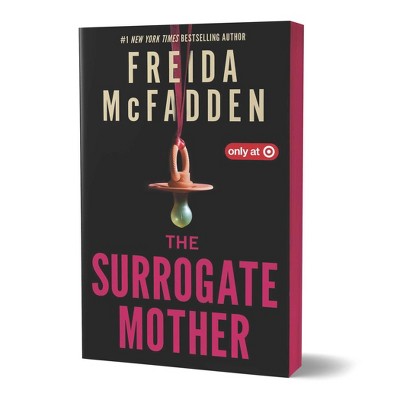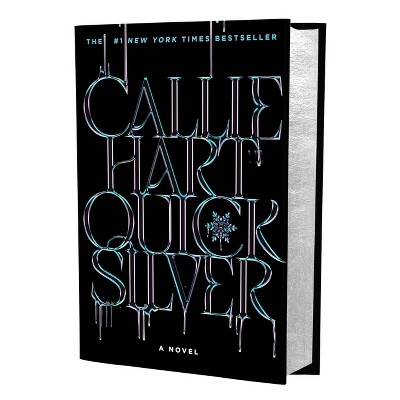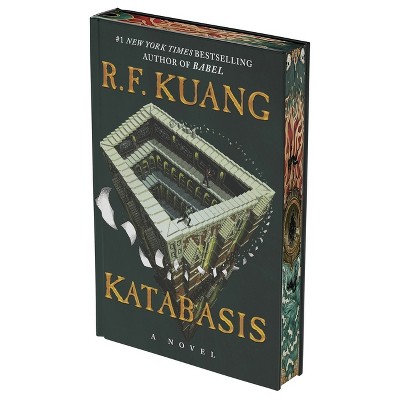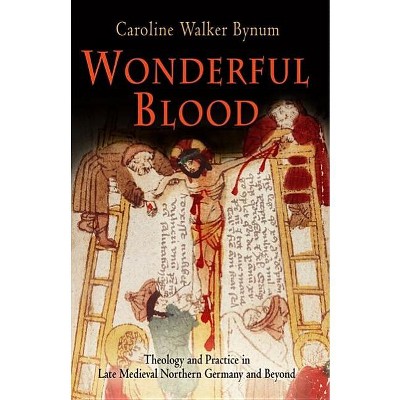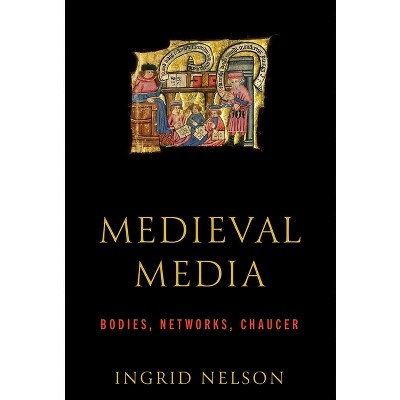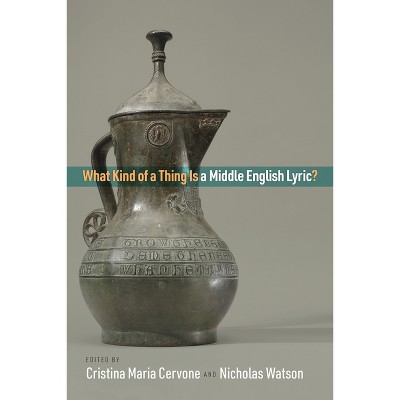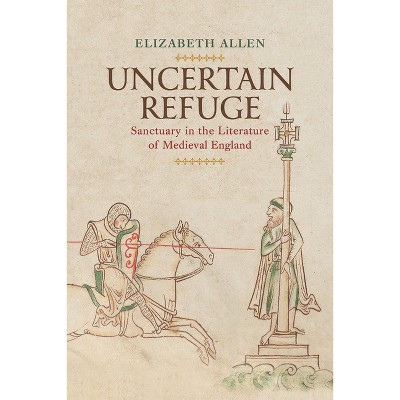Wonderful to Relate - (Middle Ages) by Rachel Koopmans (Hardcover)

About this item
Highlights
- While the late Anglo-Saxons rarely recorded saints' posthumous miracles, a shift occurred as monastic writers of the late eleventh and twelfth centuries started to preserve hundreds of the stories they had heard of healings, acts of vengeance, resurrections, recoveries, and other miraculous deeds effected by their local saints.
- About the Author: Rachel Koopmans teaches history at York University, Toronto.
- 352 Pages
- Literary Criticism, Medieval
- Series Name: Middle Ages
Description
About the Book
Drawing on fresh work in the social sciences, Rachel Koopmans offers a new model for understanding how medieval miracle stories were generated, circulated, and replicated within an oral environment. She argues that the miracle collection became a defining genre of the high medieval period.Book Synopsis
While the late Anglo-Saxons rarely recorded saints' posthumous miracles, a shift occurred as monastic writers of the late eleventh and twelfth centuries started to preserve hundreds of the stories they had heard of healings, acts of vengeance, resurrections, recoveries, and other miraculous deeds effected by their local saints. Indeed, Rachel Koopmans contends, the miracle collection quickly became a defining genre of high medieval English monastic culture.
Koopmans surveys more than seventy-five collections and offers a new model for understanding how miracle stories were generated, circulated, and replicated. She argues that orally exchanged narratives carried far more propagandistic power than those preserved in manuscripts; stresses the literary and memorial roles of miracle collecting; and traces changes in form and content as the focus of the collectors shifted from the stories told by religious colleagues to those told by lay visitors to their churches.
Wonderful to Relate highlights the importance of the two massive collections written by Benedict of Peterborough and William of Canterbury in the wake of the murder of Thomas Becket in 1170. Koopmans provides the first in-depth examination of the creation and influence of the Becket compilations, often deemed the greatest of all medieval miracle collections. In a final section, she ponders the decline of miracle collecting in the thirteenth century, which occurred with the advent of formalized canonization procedures and theological means of engaging with the miraculous.
Review Quotes
"Rachel Koopmans discovers in the miracle stories collected in England from roughly 1080 to 1220 an exquisite means of examining high medieval religious culture. . . . Koopmans has done medievalists a great service in directing our attention to the English miracle craze, and offering a sharp method for understanding how miracle collections worked."-- "The Medieval Review"
"The virtues of this book are many-Koopmans asks some fresh questions, gives new and provocative answers to old ones, demonstrates historical imagination and empathy of a rare degree, and writes in an exquisitely readable style."-- "Barbara Newman, Northwestern University"
About the Author
Rachel Koopmans teaches history at York University, Toronto.